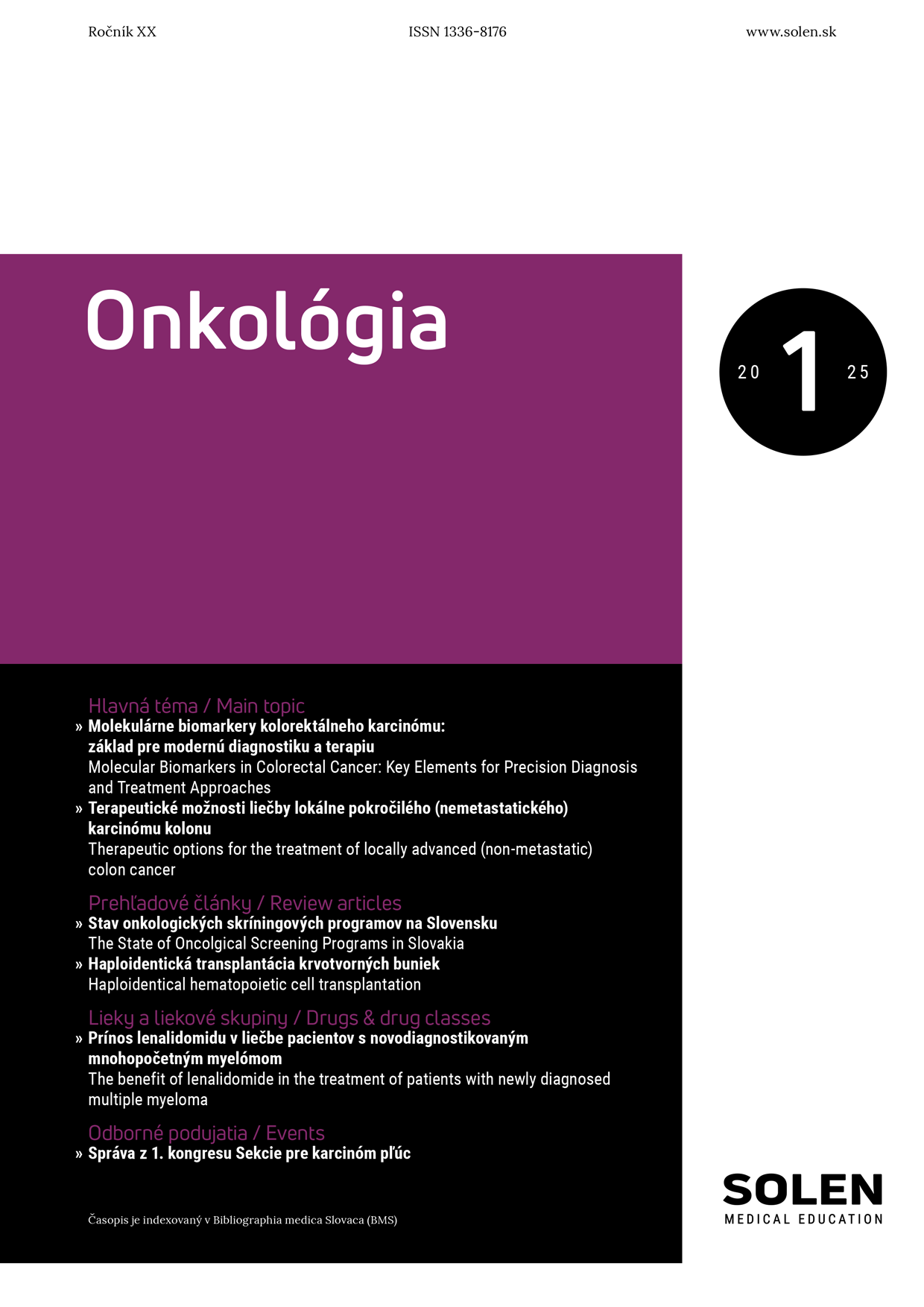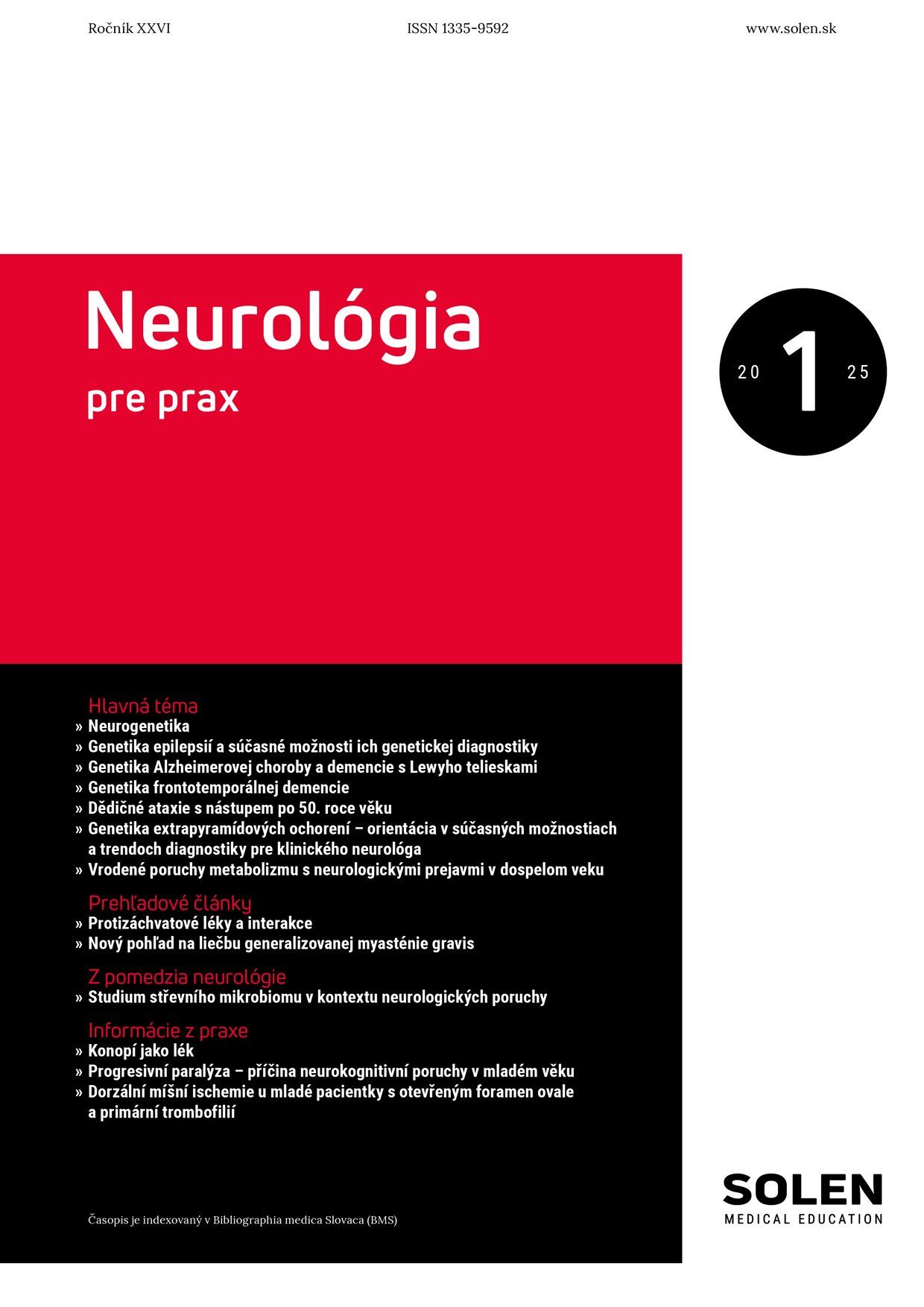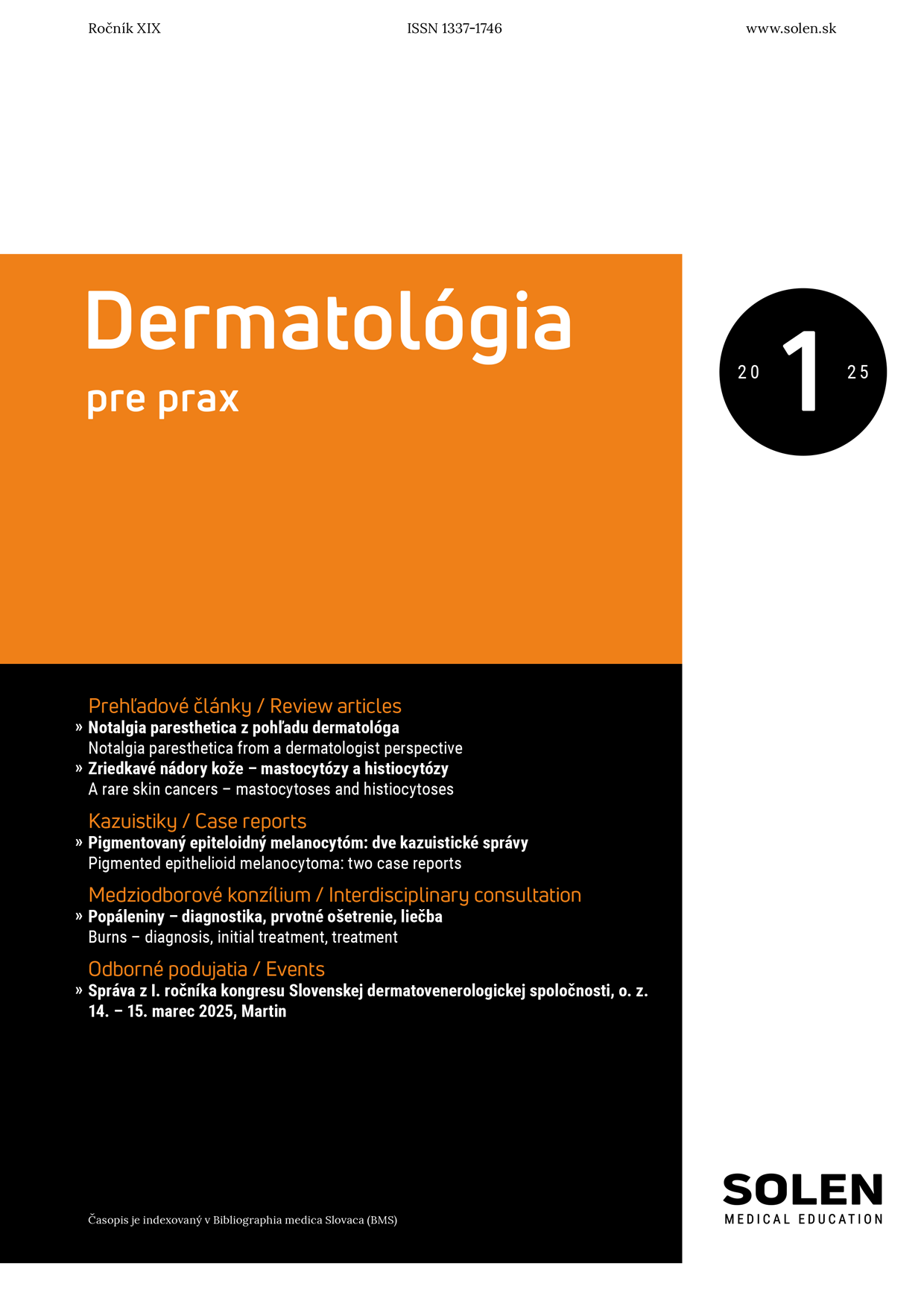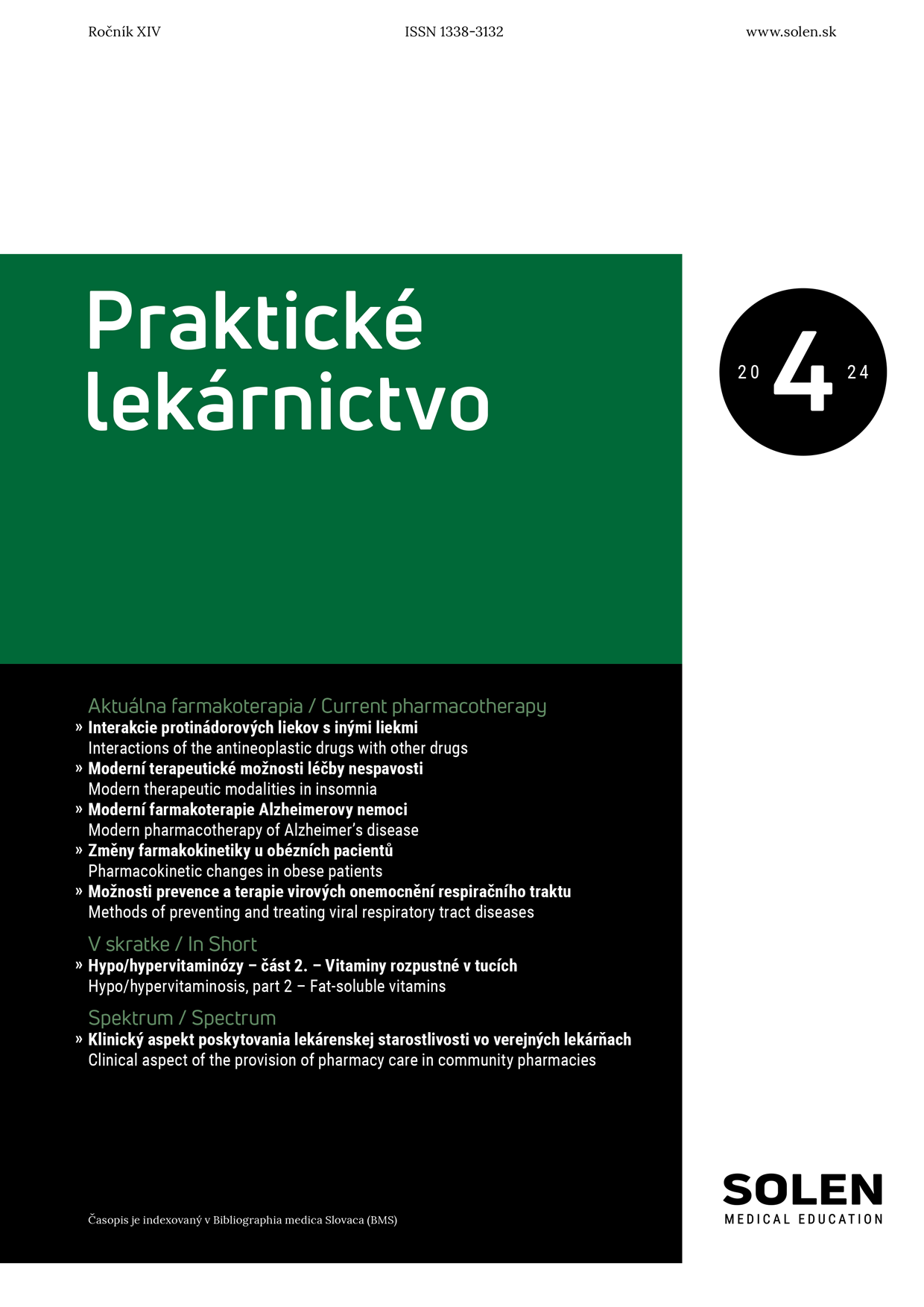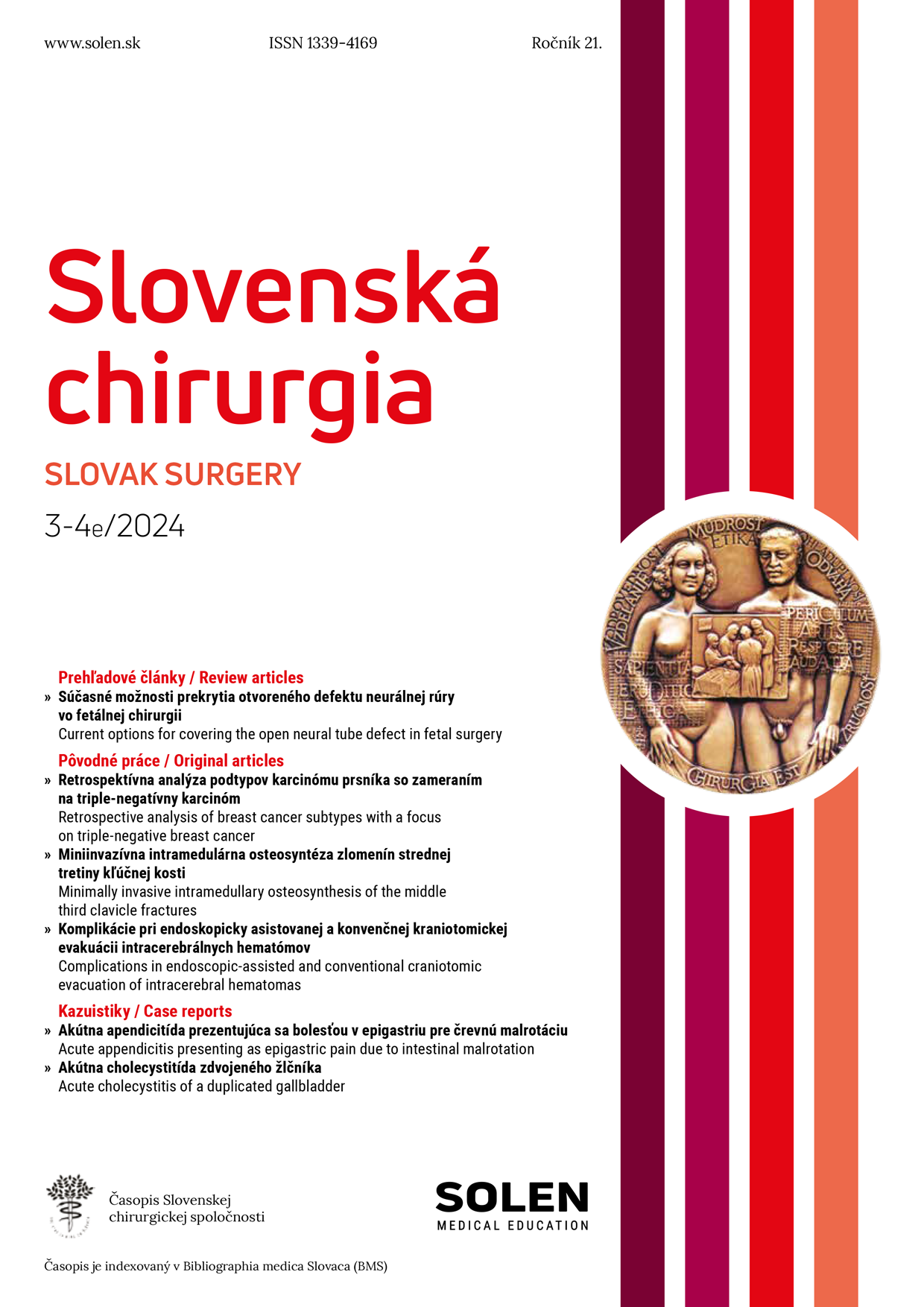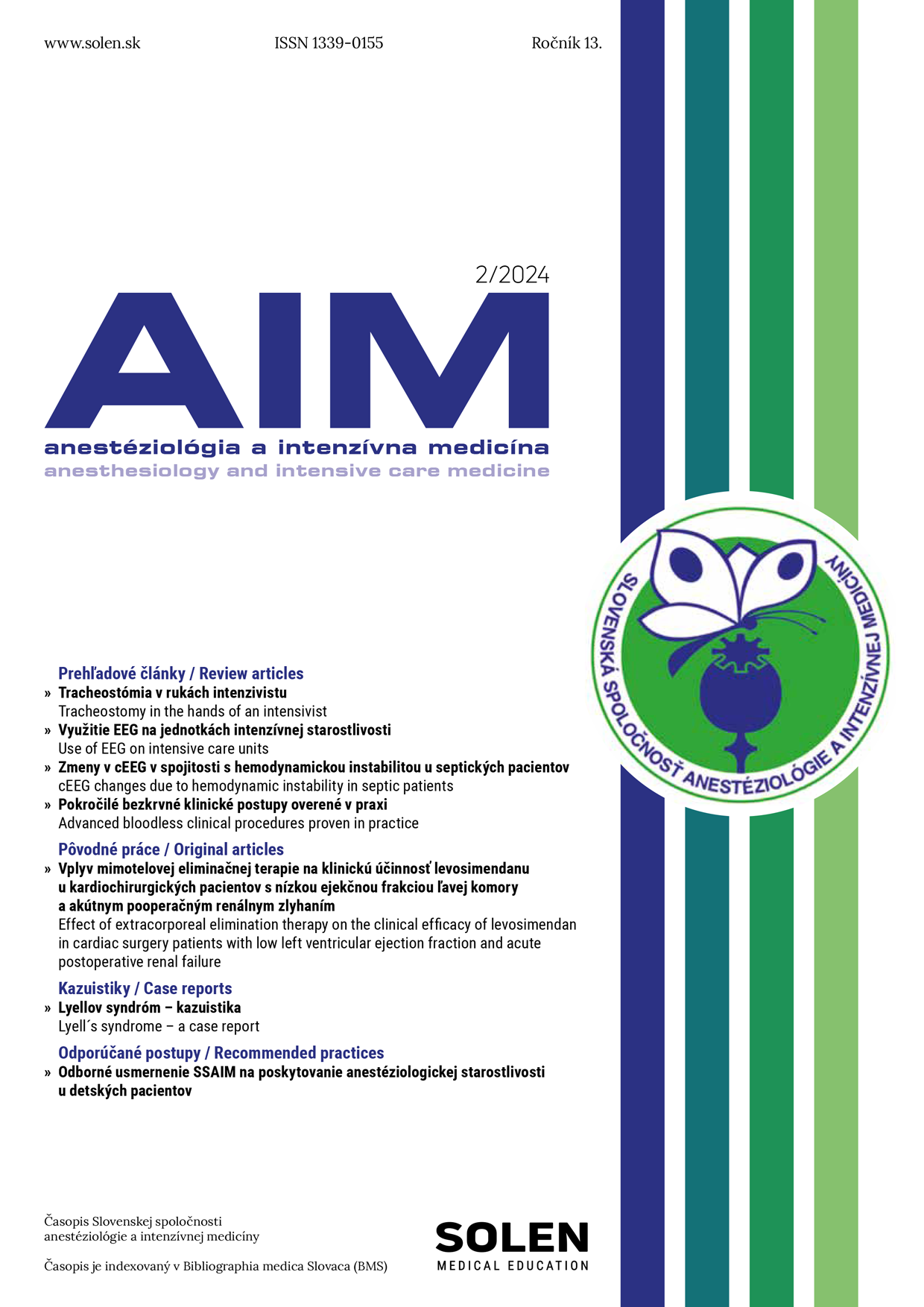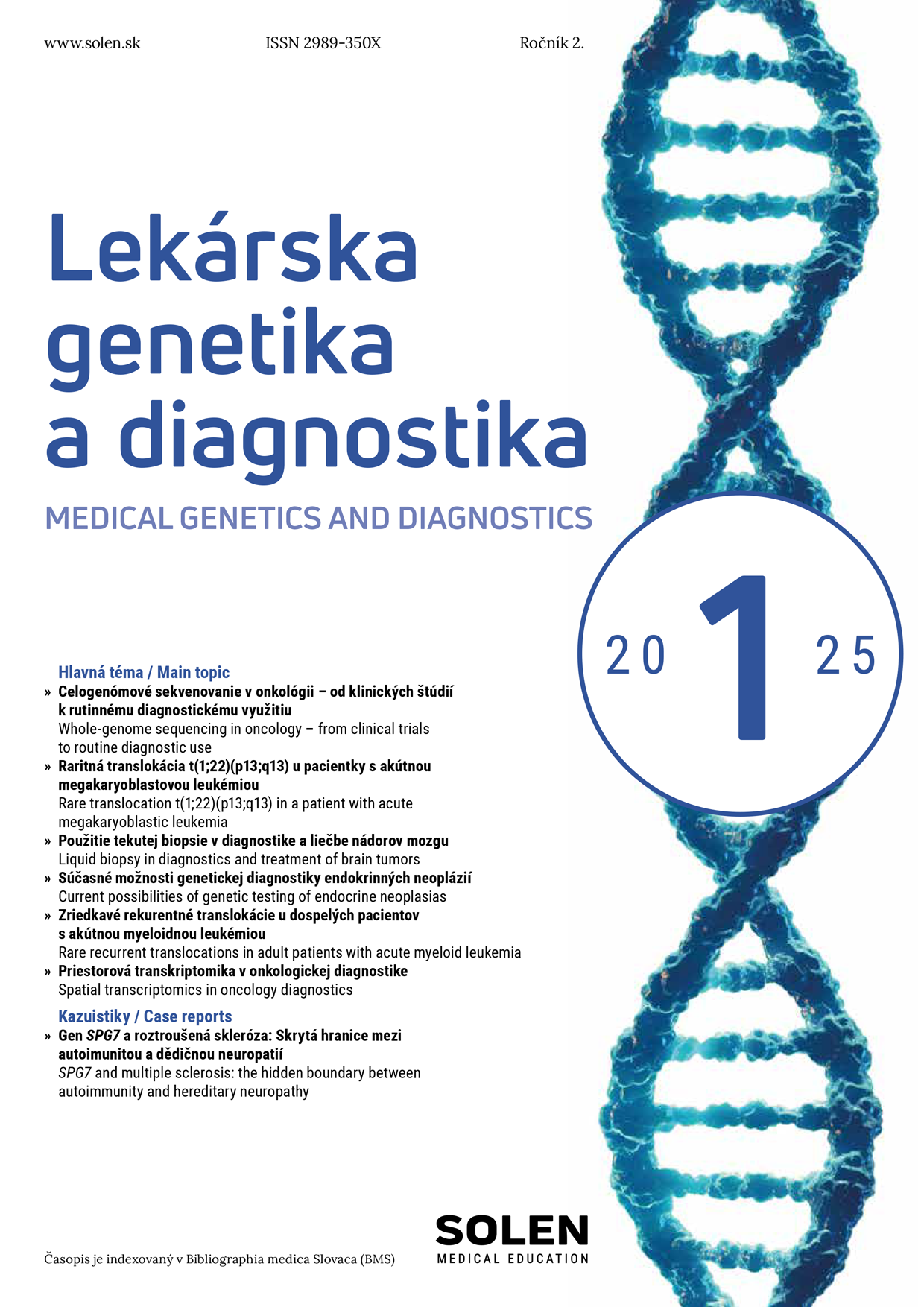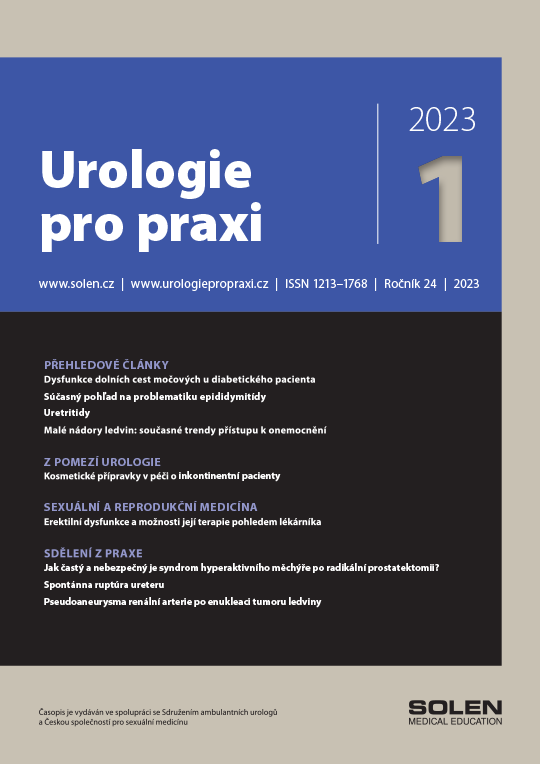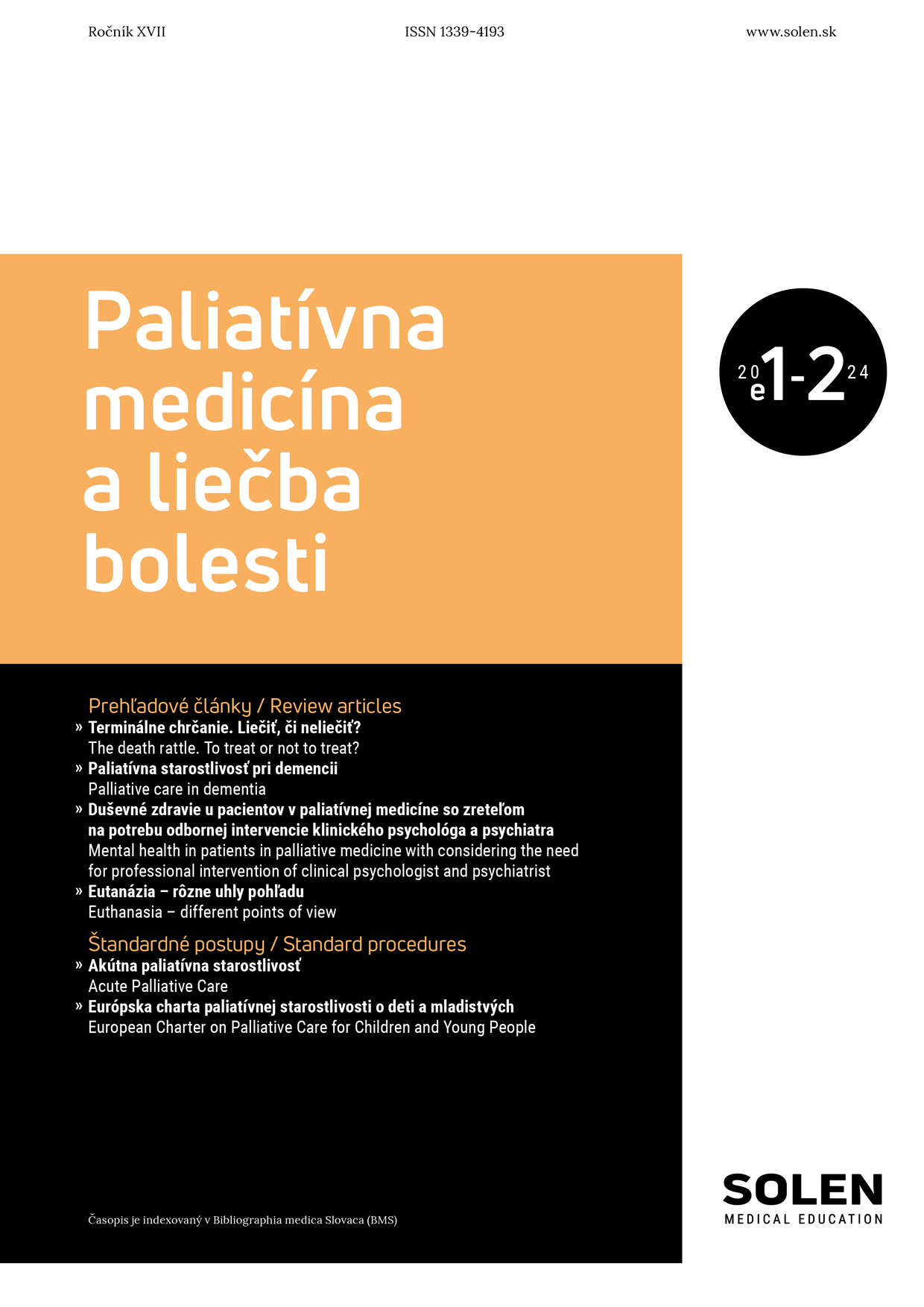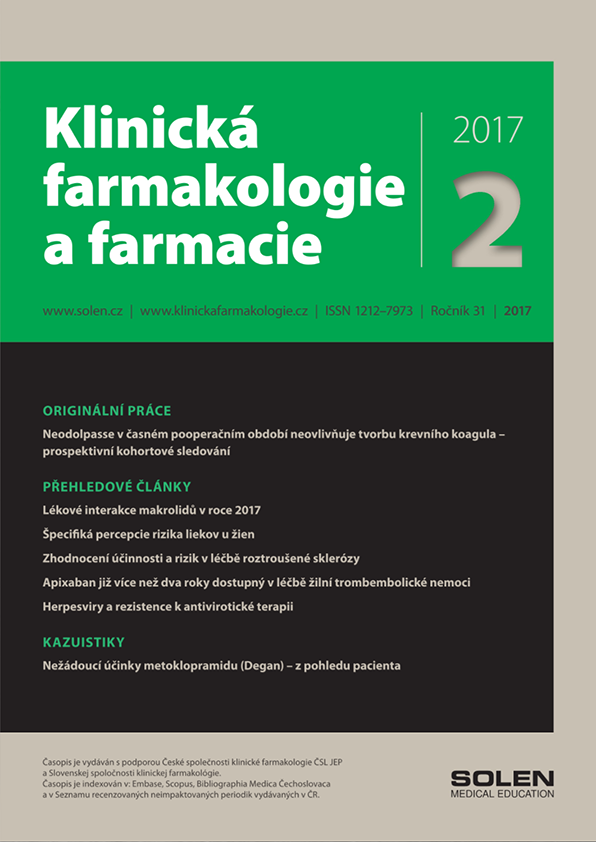Dermatológia pre prax 1/2025
Postavenie trifaroténu v liečbe akné
Acne vulgaris je chronické zápalové ochorenie pilosebaceóznej jednotky s polymorfným klinickým obrazom. Na jeho vzniku sa podieľa zápal pilosebaceóznej jednotky, ktorý začína obturáciou vlasového folikulu s postupným rozvojom nezápalových a zápalových zmien. Za obturáciu infundibula vlasového folikulu je zodpovedná porucha keratinizácie folikulového epitelu, nadprodukcia kožného mazu a premnoženie Cutibacterium acnes. Aktuálne máme k dispozícii viaceré terapeutické možnosti s rozličným stupňom účinnosti a tolerancie. Účinná terapia by mala byť schopná ovplyvniť súčasne viaceré patogenetické mechanizmy akné. Prvú líniu liečby komedonického, mierneho a stredne závažného akné predstavujú lokálne retinoidy. Trifarotén predstavuje štvrtú generáciu lokálnych retinoidov s vysokou selektivitou k retinoidnému receptoru (RAR-γ), čo zabezpečuje jeho účinnosť v koži už pri veľmi nízkej koncentrácii. Nízka koncentrácia retinoidu umožňuje jeho aplikáciu aj na väčšie plochy tela, ako hrudník, chrbát a ramená bez rizika systémových nežiaducich účinkov. Trifarotén je určený na liečbu miernej a stredne závažnej formy akné detí a dospelých pre svoje antikomedogénne, antipigmentové a protizápalové účinky.
Kľúčové slová: akné, acne vulgaris, trifarotén, retinoid, RAR receptory
The position of topical retinoids in acne therapy
Acne vulgaris is a chronic inflammatory disease of the pilosebaceous unit with a polymorphic clinical picture. In patogenesis is involed inflammation of the pilosebaceous unit, which begins with the obturation of hair follicle with the gradual development of non-inflammatory and inflammatory changes. The obturation of the hair follicle infundibulum is responsible for the impaired keratinization of the follicular epithelium, overproduction of sebum and the proliferation of Cutibacterium acnes. Currently, we have several therapeutic options in the therapy of acne with different type of efficacy and tolerance. Effective therapy should be able to simultaneously affect several pathogenetic mechanisms of acne. Topical retinoids are the first line of treatment for comedonic, mildy and moderate acne. Trifarotene is a fourth generation of topical retinoids with high selectivity for the retinoid receptor (RAR-γ), which ensures its effectiveness in the skin even at very low concentration. The low concentration of the retinoid allows its application to larger areas of the body, such as the chest, back and shoulders without risk kof systemic adverse events. High selectivity for RAR-γ receptors also contributes to a better safety profile compared to older generations of retinoids, which bind non-selectively to other RAR receptor subtypes. Trifarotene is indicated for the treatment of mild to moderate acne in children and adults due to its anticomedogenic, antipigmentary and anti-inflammatory effects.
Keywords: acne, acne vulgaris, trifarotene, retinoid, RAR receptors




